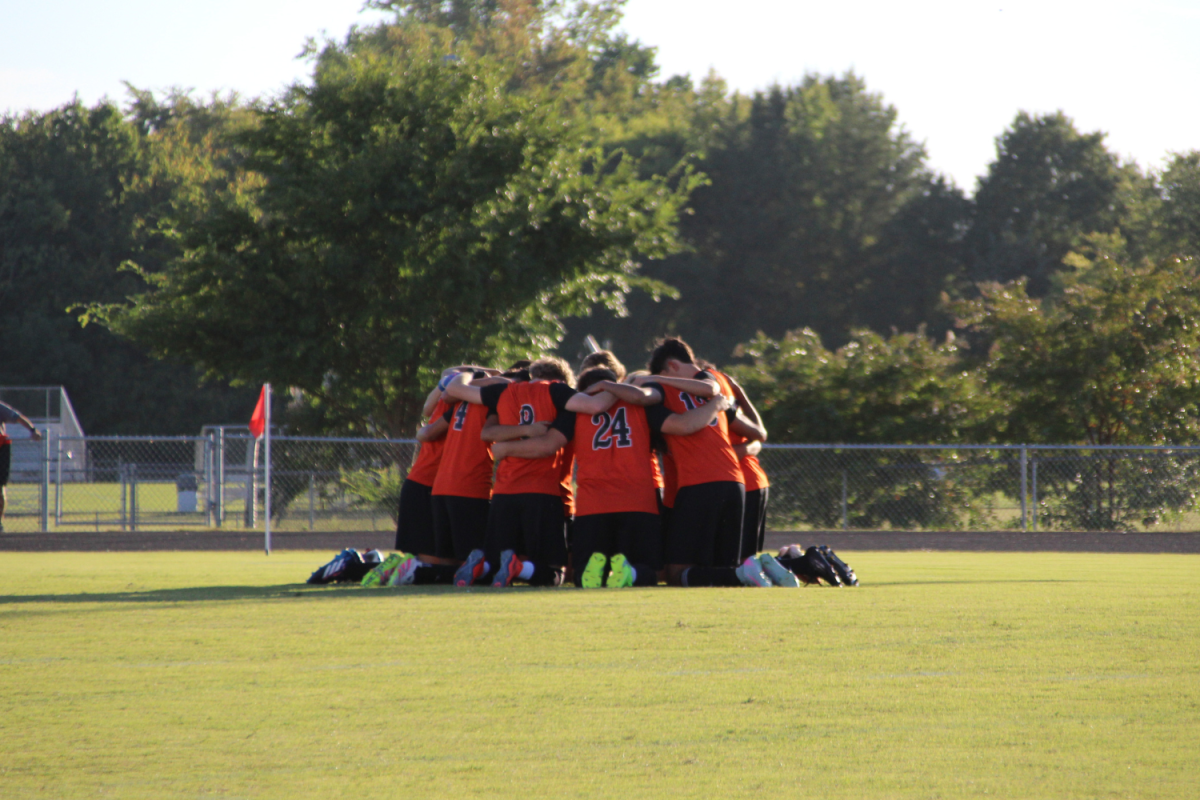There is a girl’s reflection in the bathroom mirror. She stands, defeated, with a ring of friends to support her. Her face is unabashedly tear-stained, and I can just make out one of her friends’ words above her sobs-
“It’s just a test! You’ll get it next time.”
I quickly wash my hands and exit the premises. It’s not like it’s an unusual sight, but it’s an unsettling one nonetheless. How many times have I been in that ring of friends? How many times have we not even made it to the mirror before the tears erupted? And how many times has it been because of a number on the top of a flimsy piece of paper?
Not to mention the other common occurrences of a bathroom mental breakdown- homework stress, next-step-after-high-school concerns, extracurricular woes…and these are only a few. But on any given day, you can find students’ tears- shed over the school they are currently in.
I’m sure you have seen the negative impacts of school as well. Even in this time of self-isolation due to COVID-19, countless students are coming forth on social media to express how the new home setting doesn’t make the stress of school go away. I know I have cried at least three times in the past week because of school, all from the comfort of my own home.
According to a 2019 study conducted by the American College Health Association, 87.4% of students surveyed felt overwhelmed by schoolwork within the past year, with 53.3% of those students feeling overwhelmed within the past two weeks. While some of this can be tied back to time management, a large majority of students genuinely have too much on their plate through no fault of their own. Students feel that they must take more intense classes to be competitive for any program they want to get into, on top of extracurriculars and time spent actually taking care of yourself.

The problem lies in the fact that all students feel the negative impacts, not just the ones shooting for higher education. Almost every student feels stressed, overwhelmed, and helpless amidst the mountain of work in front of them, regardless of the path they plan to take in the future. The National Center for Education Statistics found that on average, high school students spend 6.8 hours on homework outside of school every week. According to the Organization for Economic Cooperation and Development, anything over four hours of homework a week is detrimental to students’ performance. The workload alone is stressing us to the point where we are no longer productive.
The average high school student is already working over 40 hours—either in school or working on assignments for school—a week. Many students partake in other activities beyond this, whether it be a sport, club, or hanging out with friends. Students are working themselves to the bone, and when that work doesn’t pay off, it often makes students’ self-esteem plummet. We need to find a way to reduce the amount of pressure students are put under. If this does not happen, students’ negative mental states can only be expected to get worse.































































